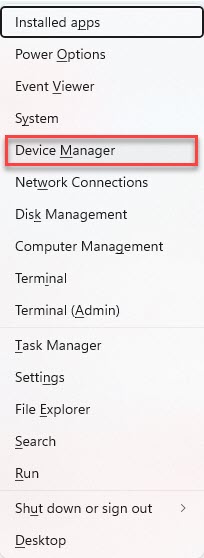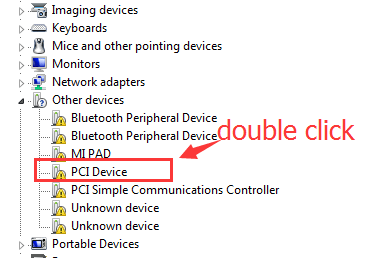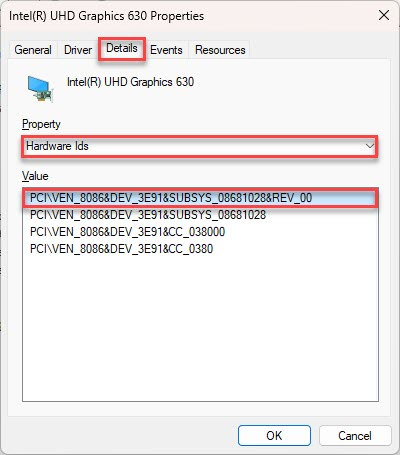
When you see a yellow exclamation mark next to a PCI device under Other devices or Unknown devices in Device Manager, it means Windows knows something is connected through PCI, but can’t properly recognize the hardware because the driver is missing not working.
But don’t worry — you’re not alone, and it’s completely fixable. In this guide, we’ll show you how to update the driver and fix the yellow exclamation.
Method 1: Update PCI Driver Automatically (Recommended)
Manually updating PCI device drivers can be frustrating. It takes time and patience, especially when the right match isn’t immediately obvious. If you’re looking for a simpler and faster way to update your drivers manually, you can do it automatically with Driver Easy.
Driver Easy will automatically recognize your system and find the correct PCI device drivers for it. You don’t need to know exactly what system your computer is running, you don’t need to be troubled by the wrong driver you would be downloading, and you don’t need to worry about making a mistake when installing. Driver Easy handles it all.
Driver Easy offers a 7-day free trial, so you can try it out without commitment and automatically update your drivers. If you’re happy with the results, you can continue with the Pro version.
- Download and install Driver Easy.
- Run Driver Easy and click the Scan Now button. Driver Easy will then scan your computer and detect any problem drivers.

- Click Update All to automatically download and install the correct version of all missing or outdated drivers on your system. This will prompt the option to start the 7-day free trial or upgrade to the Pro version. Either option will download and install the latest drivers automatically for you.

- Restart your computer for the changes to take effect.
Method 2. Update PCI device driver Manually
When a PCI device driver is missing or shows up as an “Unknown Device,” you can manually update it by locating the device’s Hardware ID in Device Manager and using it to search the Microsoft Update Catalog.
Though it’s a straightforward process, it involves a few manual steps and may require trying several ID strings to find the correct match. If you’re technically inclined — or don’t mind doing a bit of extra work — this method can be a reliable way to install the right driver.
Here is how to do it:
- On your keyboard, press the Windows logo key and X at the same time, then select Device Manager.

- Expand Other devices and double-click on PCI Device.

- Go to Details, select Hardware Ids from the drop-down box, and copy the first value.

- Open your browser and go to Microsoft Update Catalog.
- Paste the Hardware ID into the search bar and click Search.

If searching the first Hardware ID doesn’t give you useful results, simply work your way down the list — try the second, third, and so on. (The first ID is usually the most specific, but sometimes broader IDs lower down work better for finding a matching driver.) - Find the most recent driver that matches your system version, click Download, and then install it.
- Restart your computer to apply the changes.
Tip: If you can’t find a matching driver in the Microsoft Update Catalog:
You can paste the Hardware ID into a web search engine to identify the device and download the latest driver directly from the manufacturer’s official website.
What is a PCI device driver?
A PCI (Peripheral Component Interconnect) device refers to any hardware component, like a sound card, network card, graphics card, storage controller, or wireless adapter, that connects to your computer’s motherboard through a PCI slot. These devices rely on PCI device drivers to allow your operating system to communicate with them and ensure they function properly.
The PCI device driver is the software that translates the operating system’s instructions into a language the hardware can understand. Without the correct driver, your system may fail to recognize the device, resulting in errors like “Unknown Device” in Device Manager or a non-functioning component. In such cases, updating the right driver can restore the functionality.
We hope this post has been helpful. If you have any questions or suggestions, feel free to leave a comment below. We’d appreciate it if you could click the thumbs-up button to show your support!





